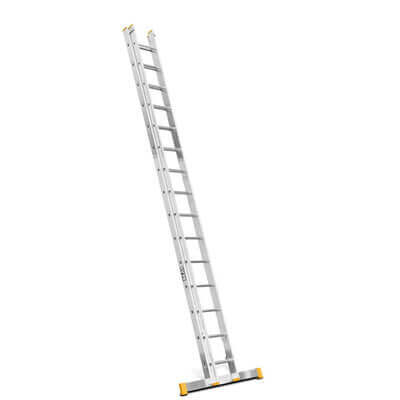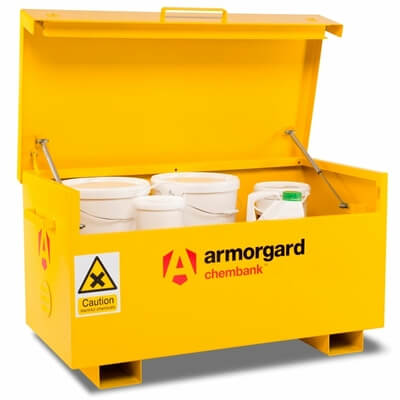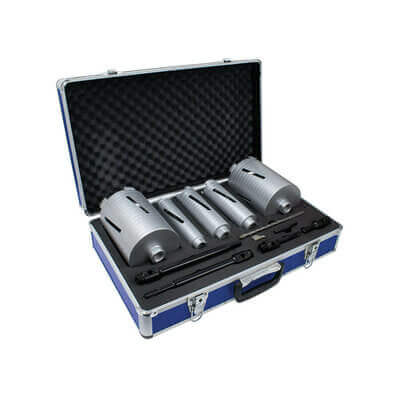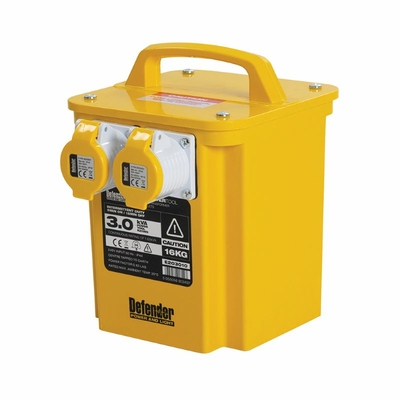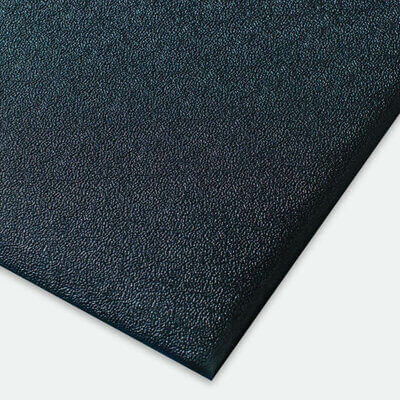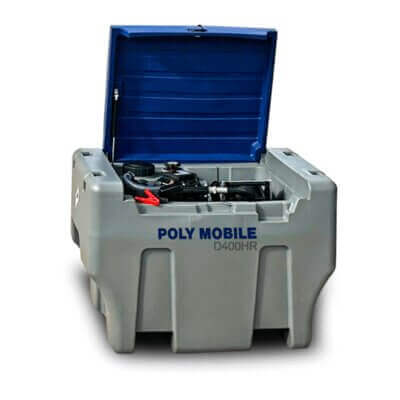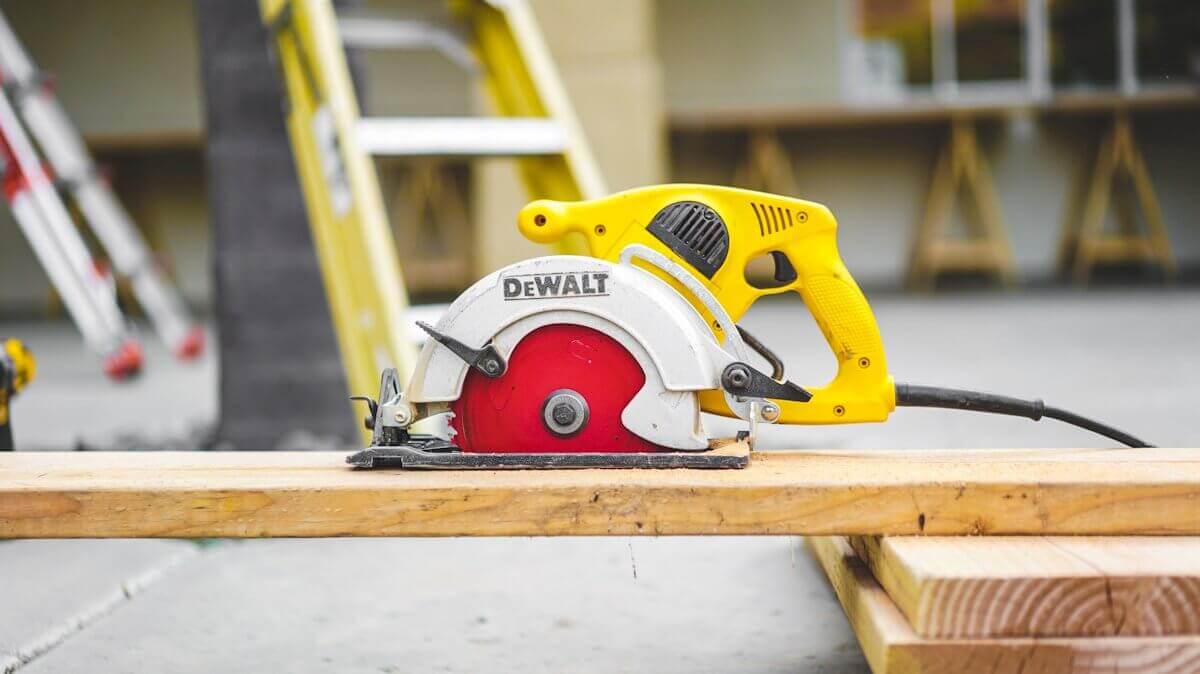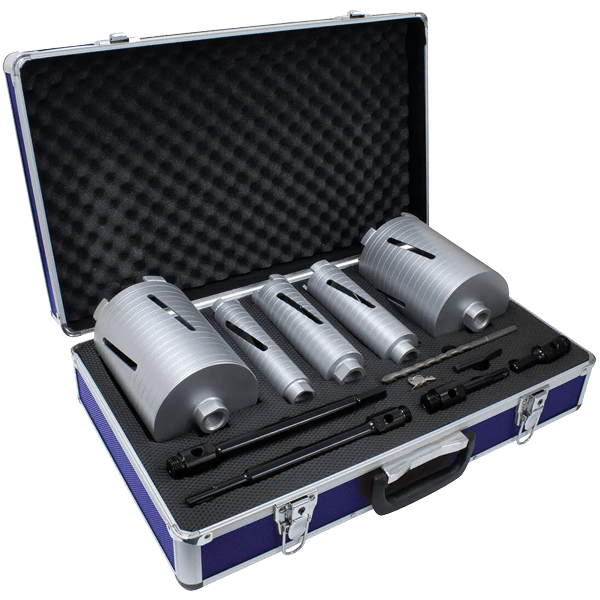Diamond Blades Explained
Everything You Need To Know About Diamond Blade
Diamond cutting discs are designed to cut through a wide range of tough materials, including concrete, asphalt, and metals. When comparing different diamond disc blades, it is important to understand some of the terminology used in specifications. This ensures you choose the right tool for the job and achieve the best cutting results.
The Components of a Diamond Cutting Disc
A diamond blade is made up of three main components: the segment, the segment attachment, and the steel centre.
Segment
The segment contains the diamond grit, which forms the cutting edge of the disc. The grit is held within a matrix bond around the edge of the blade, typically made from a mixture of metals such as copper, tin, carbon, iron, cobalt, nickel, and graphite.
This combination determines the wear rate of the segment and how often new layers of diamond grit are exposed to the cutting surface. Together, the grit and matrix bond are commonly referred to as the segment.
Segment Attachment
The two main methods of attaching a segment to the steel centre are laser welding and sintering.
- Laser welded blades — for example, the Mexco ASX90 laser-welded blades — are more expensive due to the additional manufacturing process of attaching each segment individually. They are typically more durable and suited to heavy-duty applications.
- Sintered blades — such as the Mexco UHXCEL sintered blades — can be produced in larger batches, reducing production costs. These are often a more economical choice for lighter or general-purpose cutting tasks.
Steel Centre
The steel centre forms the core of the blade and varies in design and quality depending on the grade of steel used. In most cases, the centre is engineered to match the expected lifetime of the segments.
Different applications will determine whether a steel centre requires features such as cooling holes or undercutting protection. For example, the GPX90 with cooling holes improves heat dispersion, while ventilated options like the UHXCEL ventilated steel centre blade are designed for rapid heat dissipation. Other enhancements, including laser scrolling — as seen on the GPX90 laser-scrolled steel centre blade — help reduce noise and vibration during cutting.
Diamond Blade Applications
Diamond cutting blades are versatile tools used in workshops and on site. They can be fitted to angle grinders, disc cutters, table saws, and other machines to cut through even the toughest materials, including concrete, asphalt, metals, and abrasive surfaces.
The lifetime of a diamond blade can vary significantly depending on the grade of the blade and its application. This is why the most important step when choosing a blade is to determine the primary material or task it will be used for. Making the right choice early on results in faster, cleaner, and more cost-effective cutting.
Application-Specific Examples
- For ceramic and tile cutting, a continuous-rim option such as the CMX90 continuous-rim tile blade provides precision and clean finishes.
- For ultra-hard materials, the UHXCEL+ ultra-hard turbo blade offers ultra-thin segments for fast, accurate cuts.
- For versatility across materials, the DPXCEL dual-purpose abrasive blade combines undercutting protection with a laser-welded segment attachment.
- For asphalt and concrete, the ASX90 asphalt cutting blade is robust and includes protection against undercutting.
- For multi-application use, the TPXCEL tri-purpose blade features TCT undercutting protection and ventilation, making it an excellent choice for contractors handling varied cutting tasks.
Order Diamond Cutting Discs Online
We stock a wide range of diamond blades suitable for all types of cutting applications. Our selection includes trusted brands such as Mexco, ensuring that you can find the right tool for your job.
Use the filters in our categories to narrow your search to the blades that suit your application. Order online today for fast delivery direct to your workplace.
